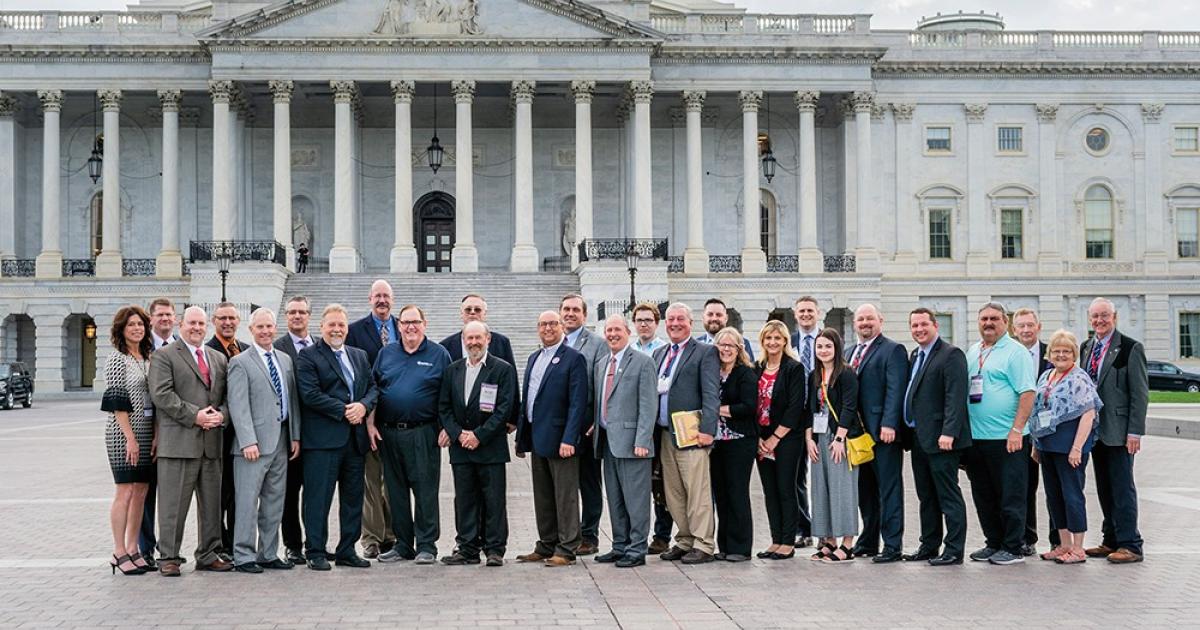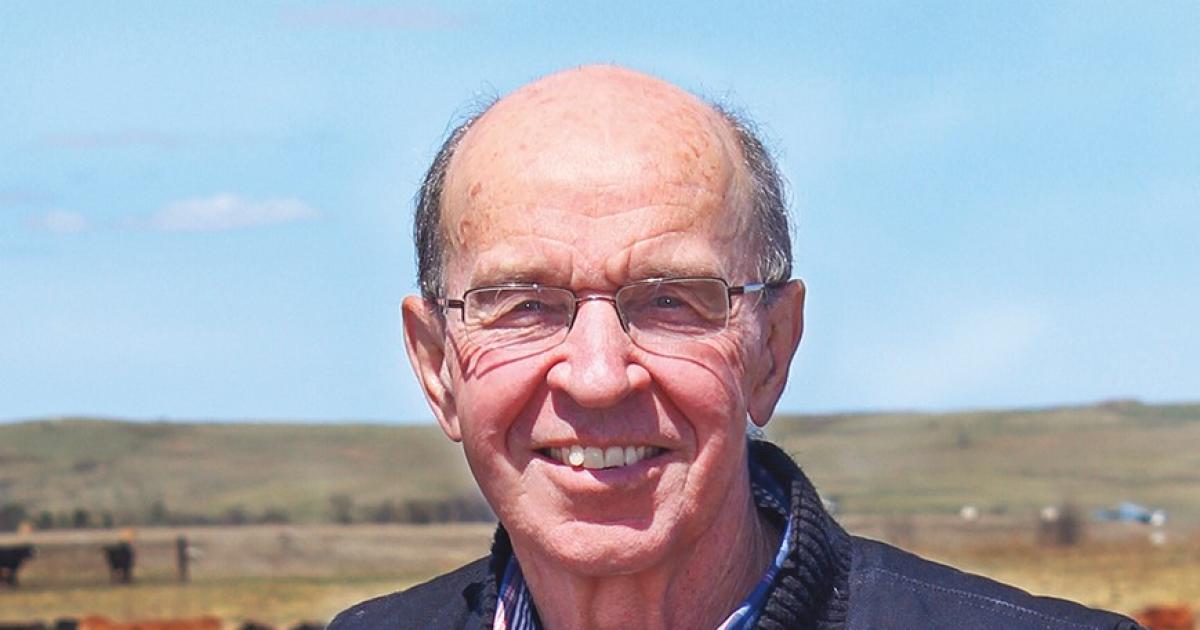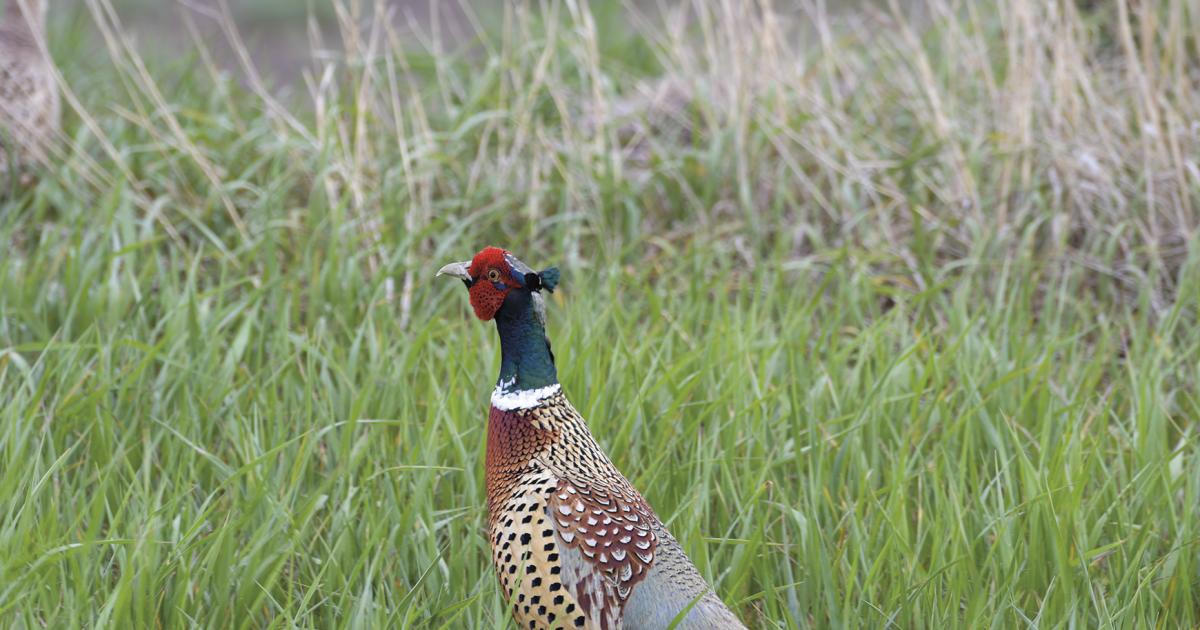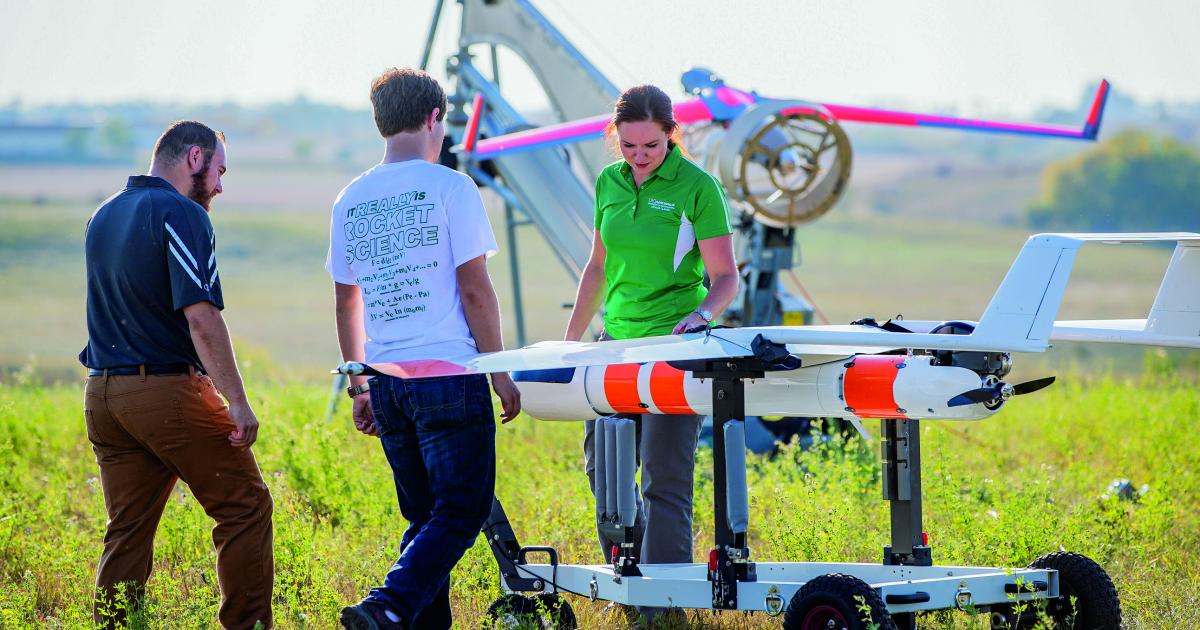This year’s fall hunting preview carries a consistent theme throughout: Expectations are better than last year.
Much of this guarded optimism is hinged on the weather, as North Dakota had a prolonged, but not necessarily severe, winter, and spring and summer rains washed away many of the effects of last year’s drought.
This preview is a condensed version of an article that appears in the August-September issue of the N.D. Game and Fish Department’s magazine, North Dakota OUTDOORS.
For more information on season dates and bag limits, visit the N.D. Game and Fish Department website at www.gf.nd.gov(link is external).
Ring-necked Pheasants
North Dakota’s spring pheasant population index was down 30 percent from last year, but there is reason for optimism for the hunting season, as spring and summer weather has been mostly good for nesting so far, and holds promise for a good hatch that could offset the lower spring numbers.
Ring-necked Pheasants
North Dakota’s spring pheasant population index was down 30 percent from last year, but there is reason for optimism for the hunting season, as spring and summer weather has been mostly good for nesting so far, and holds promise for a good hatch that could offset the lower spring numbers.
Sharp-tailed grouse
Grouse and partridge harvests were down considerably last fall due to poor reproduction due to drought conditions. Weather conditions during the nesting period were much better this year and should lead to increased production.
Ducks and geese
Ducks
The forecast for the fall flight of ducks from North Dakota this year is up about 12 percent from last year, based on the N.D. Game and Fish Department’s summer brood survey.
While Prairie Pothole Region wetland conditions were down this spring, late spring and early summer rains helped turn things around, leading to a duck brood observation that was up 37 percent from 2017, and 77 percent above the 1965-2017 average.
Geese
Numbers of resident Canada geese, western prairie Canada geese and arctic nesting tall grass prairie Canada geese, snow geese and Ross’ geese all remain high.
Game and Fish has added a new zone structure for hunting Canada geese to increase harvest opportunity in regions where geese are causing more problems, but maintain late season opportunities in parts of the state where they are readily available.
White-tailed deer
Game and Fish made available 55,150 licenses for the 2018 hunting season, an increase of 650 from 2017.
The statewide deer gun hunter success rate in 2017 was 61 percent, a little lower than 2016 (66 percent), and below the department goal of 70 percent.
Population and harvest data indicate that the state’s deer population is stable to increasing, but still well below management goals. Deer numbers remain below objectives in most hunting units due to prolonged effects of severe winters in 2008-09 and 2010-11, which not only increased adult mortality, but also reduced fawn production.
Further, high-quality deer habitat is not as abundant as in the past, which limits the potential for population recovery.
Mule deer
Mule deer densities remain high and are similar to last year, which means more hunting opportunities this fall. The N.D. Game and Fish Department allocated 2,600 antlered mule deer licenses in 2018, an increase of 150 from 2017. Antlerless mule deer licenses were also increased from 900 to 1,450 in 2018. A mule deer buck license remains one of the most difficult licenses to draw in the lottery. Those lucky enough to draw a license should expect a high-quality hunt. Hunter success for mule deer buck hunters was 83 percent in 2017.
Pronghorn
North Dakota hunters will have more opportunities to hunt pronghorn this year due to a large population increase.
Biologists conducted aerial surveys in early July and found that the number of pronghorn in the state increased by 57 percent from last year. The population increased to nearly 9,500 animals, which is the highest estimate since 2009.
Sandhill cranes
The three-year population index used for guiding crane hunting regulations has been stable to slightly increasing for several years now. Although North Dakota has received ample rainfall in summer, it has not been enough to completely replenish drying wetland basins. However, these lower water levels should lead to abundant staging areas throughout the state by providing more open shorelines suitable for roosting cranes.
Trappers and hunters who like to pursue the state’s most popular furbearer, the coyote, should have plenty of opportunities again this fur season. After trending slightly downward last year, coyote numbers have rebounded in most regions of the state. Game and Fish surveys indicated the highest densities this spring were in the Prairie Pothole Region and Red River Valley. Consequently, fox numbers are down from last year.
Muskrats have not rebounded after their numbers dipped in 2013. Last year’s drought was likely a significant factor in keeping their numbers low. In contrast, spring surveys indicated an increase in badgers, beavers and skunks throughout several regions of the state. And although mink, raccoon and weasel numbers are up slightly in some regions compared to last year, these species remain well below their long-term averages on a statewide level.
The overall harvest limit on mountain lions in Zone 1 is once again 15, with an early season limit of eight, and a late season limit of seven (or three females, whichever comes first).










